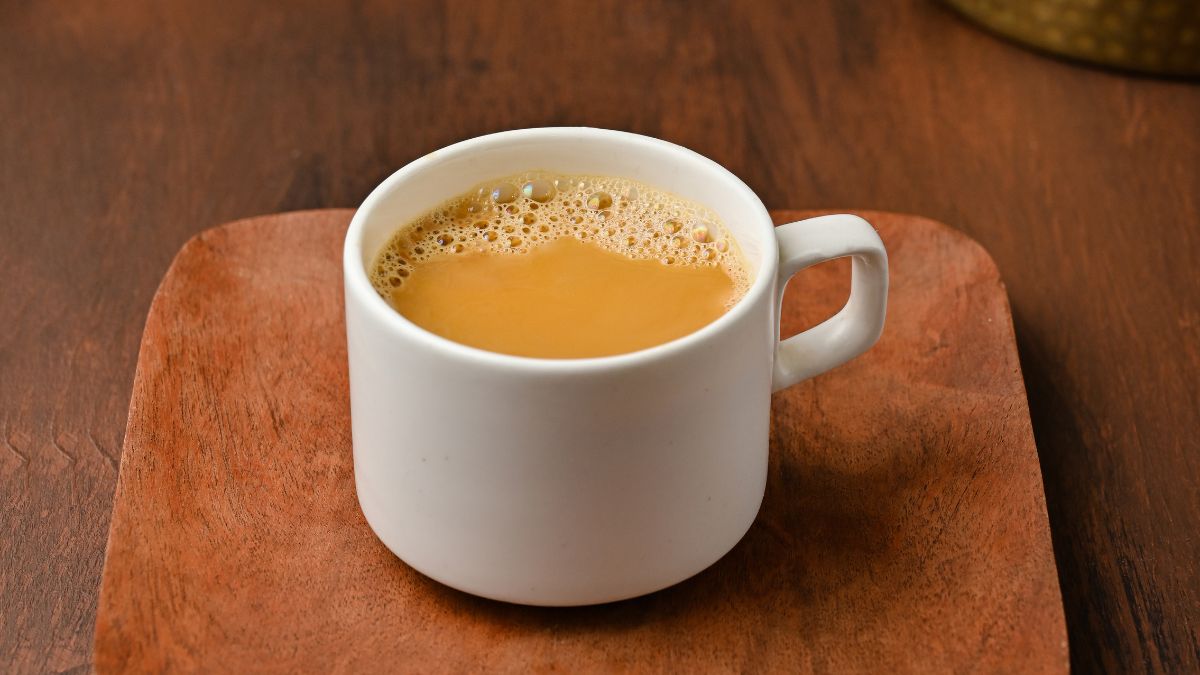The good news about these ingredients in your food is that they're FDA approved and generally regarded safe for human consumption. The bad news is that they're all gross. After researching about these ingredients and occasionally throwing my hands over my mouth in horror, it's safe to say that I've successfully lost my appetite for about two weeks. Experts agree that FDA allows some amount of 'filth' in your food but post processing, it's safe for consumption. Still, the gross factor may put off people and for the regular person, it's hard to spot these ingredients on the labels. Here's a list of 5 hard-to-spot ingredients in your everyday foods -
Red/Pink Food and Drinks
A big serving of ground up red beetles, anyone? Cochineal insects that come from the beetle family are exposed to heat or boiled in water, dried and ground up to make Carmine, a red colouring. This red dye may be found in cakes, maraschino cherries, yogurt, tomato products, jams and juices. Read labels and make sure they don't list one of the following - cochineal extract, carmine, natural red 4, C.I. 75470, E120, E120 or hydrated aluminium chelate of carminic acid.
Breads
L-cysteine, an amino acid, may act as a flavour enhancer and an ingredient that improves the texture of mass produced breads. The bad news is that it comes from dissolved human hair or feathers. Yikes. However, in recent years, 80 percent of it comes from duck feathers. Reportedly, a lot of fast-food joints use L-cysteine as an additive. Your best bet is to buy wholegrain breads or to buy them from a bakery.
Ice CreamVanilla, raspberry and strawberry flavors can be enhanced by Castoreum, also known as anal secretions of beavers. This FDA-approved additive has been in use for more than 60 years and can also be found in perfume, syrups, pastries and cigarettes. You probably won't spot this on the label because it's listed as 'natural flavouring.' But of course, there can be ice cream flavours that could be fine.
Chewing GumYour everyday chewing gum can be softened by an additive called Lanolin - an oily, sweaty secretion found on the outside of sheep's wool, also known as waste by-product of sheep shearing. It's the same substance found in skin creams that keeps your hands soft. It's usually listed as 'gum base.'
Candy I've always thought pretty, colourful candies like jellybeans are made out of happiness and rainbows, but that's not the case. To give a shiny look to these candies, they're sometimes coated with 'Shellac', a sticky substance found in the secretions of the Kerria lacca insect. This coating may also be also used on fruits, coffee beans and wood finishing material. Generally, it may be listed as 'confectioner's glaze' on the label. I don't know about you but my eyes are going to be peeled and I'm going to be walking wide-eyed, reading labels in grocery stores for a while.
Disclaimer
All reviews are strictly personal opinion of the author. The same should not be construed as the opinion or policy of NDTV. Always do your own research on products and companies before using a product you choose. NDTV, its affiliates and its management does not claim responsibility for any of the products/ or companies discussed on this site.
Red/Pink Food and Drinks
A big serving of ground up red beetles, anyone? Cochineal insects that come from the beetle family are exposed to heat or boiled in water, dried and ground up to make Carmine, a red colouring. This red dye may be found in cakes, maraschino cherries, yogurt, tomato products, jams and juices. Read labels and make sure they don't list one of the following - cochineal extract, carmine, natural red 4, C.I. 75470, E120, E120 or hydrated aluminium chelate of carminic acid.
Breads
L-cysteine, an amino acid, may act as a flavour enhancer and an ingredient that improves the texture of mass produced breads. The bad news is that it comes from dissolved human hair or feathers. Yikes. However, in recent years, 80 percent of it comes from duck feathers. Reportedly, a lot of fast-food joints use L-cysteine as an additive. Your best bet is to buy wholegrain breads or to buy them from a bakery.
Ice CreamVanilla, raspberry and strawberry flavors can be enhanced by Castoreum, also known as anal secretions of beavers. This FDA-approved additive has been in use for more than 60 years and can also be found in perfume, syrups, pastries and cigarettes. You probably won't spot this on the label because it's listed as 'natural flavouring.' But of course, there can be ice cream flavours that could be fine.
Chewing GumYour everyday chewing gum can be softened by an additive called Lanolin - an oily, sweaty secretion found on the outside of sheep's wool, also known as waste by-product of sheep shearing. It's the same substance found in skin creams that keeps your hands soft. It's usually listed as 'gum base.'
Candy I've always thought pretty, colourful candies like jellybeans are made out of happiness and rainbows, but that's not the case. To give a shiny look to these candies, they're sometimes coated with 'Shellac', a sticky substance found in the secretions of the Kerria lacca insect. This coating may also be also used on fruits, coffee beans and wood finishing material. Generally, it may be listed as 'confectioner's glaze' on the label. I don't know about you but my eyes are going to be peeled and I'm going to be walking wide-eyed, reading labels in grocery stores for a while.
Disclaimer
All reviews are strictly personal opinion of the author. The same should not be construed as the opinion or policy of NDTV. Always do your own research on products and companies before using a product you choose. NDTV, its affiliates and its management does not claim responsibility for any of the products/ or companies discussed on this site.
Advertisement













